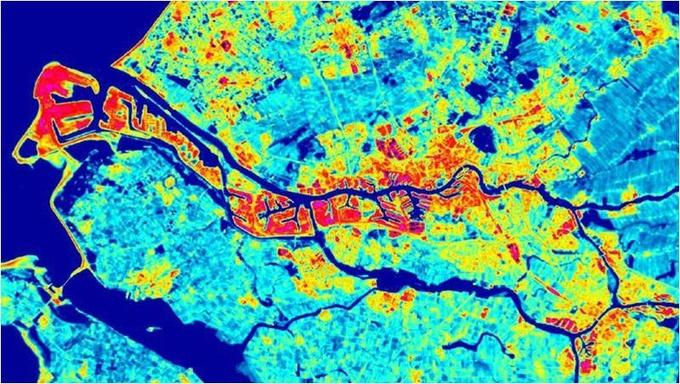
The students will test the hypothesis that shell color adapts to raised urban temperatures.
Backgroud& context
The shell color and banding pattern in the common garden snail Cepaea nemoralis are highly variable. The genetics of the color variation is known, as well as the natural selection pressures on them. One important selection pressure is thermal adaptation: light-colored shells protect the snail from overheating on hot summer days. In this project, the aim is to detect the signature of adaptation to so-called “heat islands” in urban areas. Heat islands have been mapped in several Dutch cities, showing that in summer, some parts of the city may be up to 7 degrees C hotter than other parts. We expect that in these areas, in similar habitats, the snails will be lighter-colored.
Objectives and goals
The student will test the hypothesis that shell color adapts to raised urban temperatures by sampling large numbers of Cepaeapopulations throughout several large Dutch cities, taking habitat parameters, scoring morph frequencies, measuring reflectance of the shells, and correlating these with small-scale temperature records.
Methods, tasksand approach
Field work in big cities (late April to mid-September), measuring habitat parameters, scoring shell color polymorphisms; spectrometry; statistical analysis.
Studentrequirements
Creativity and resourcefulness when faced with unexpected field work situations.